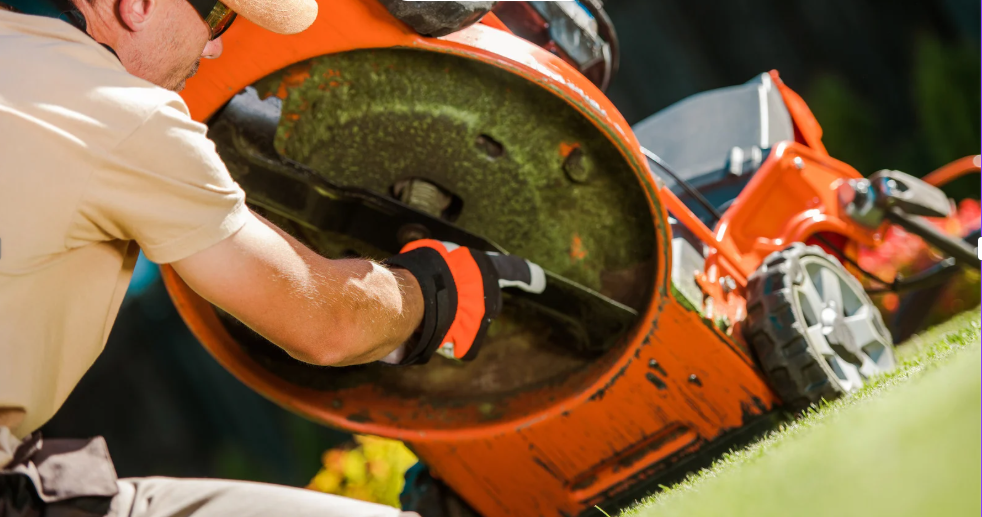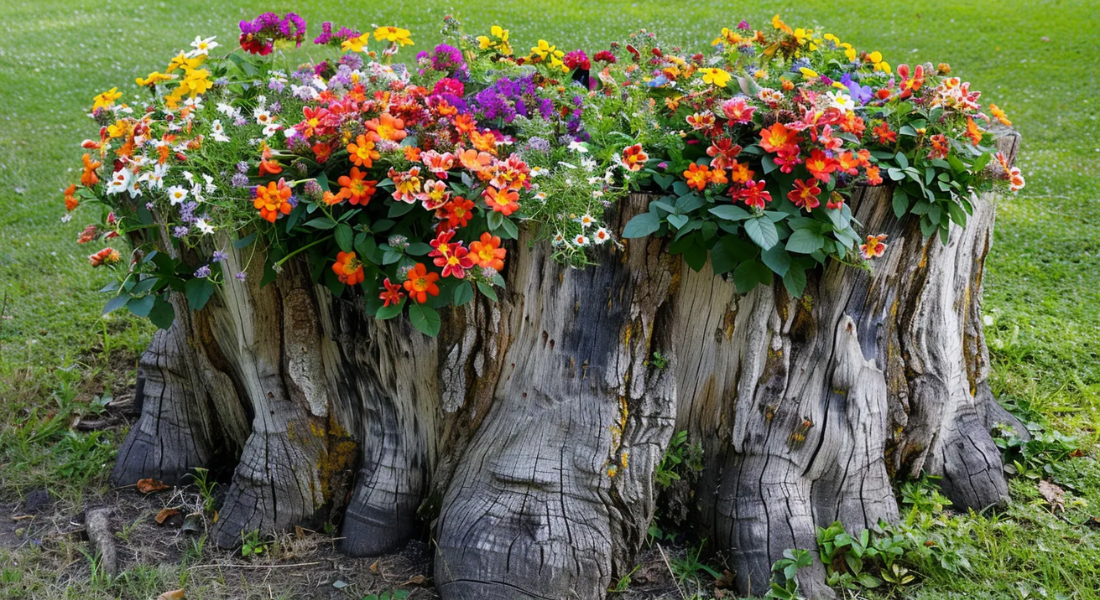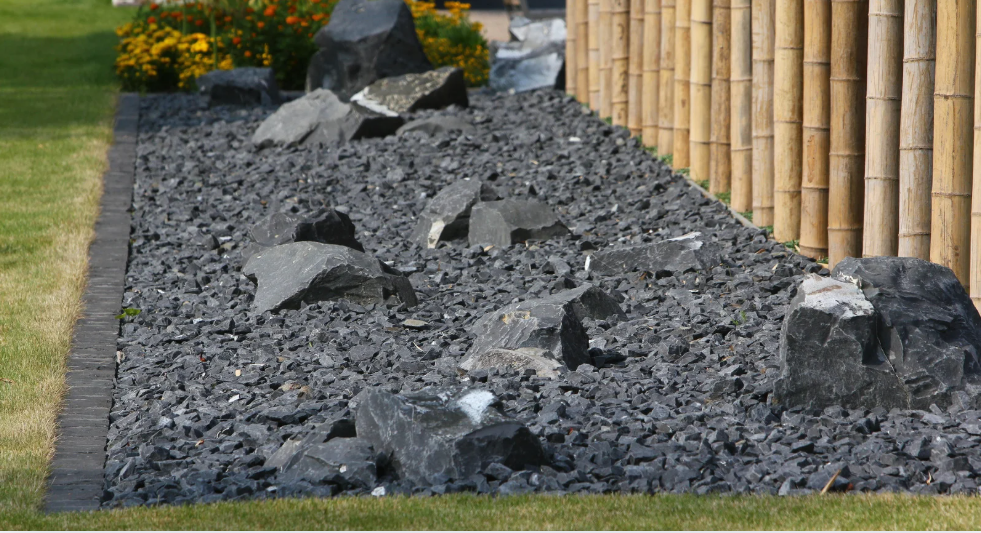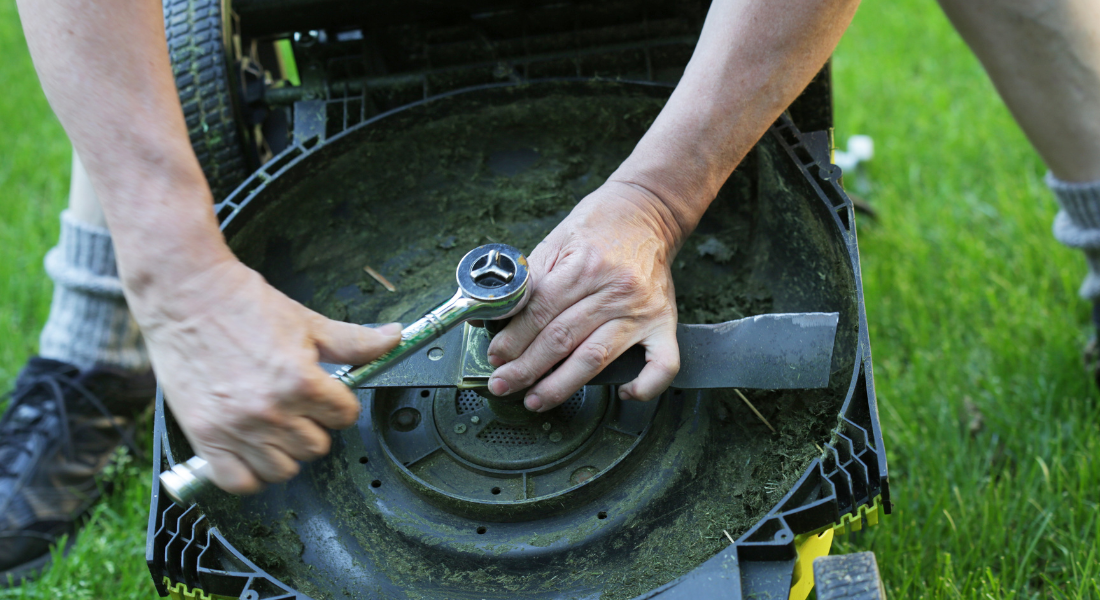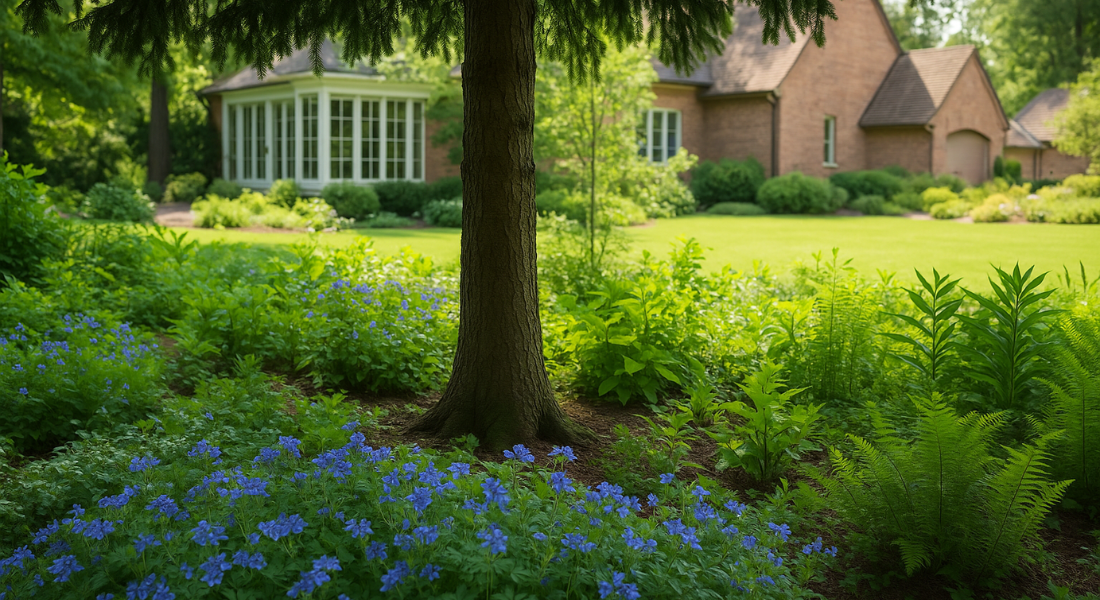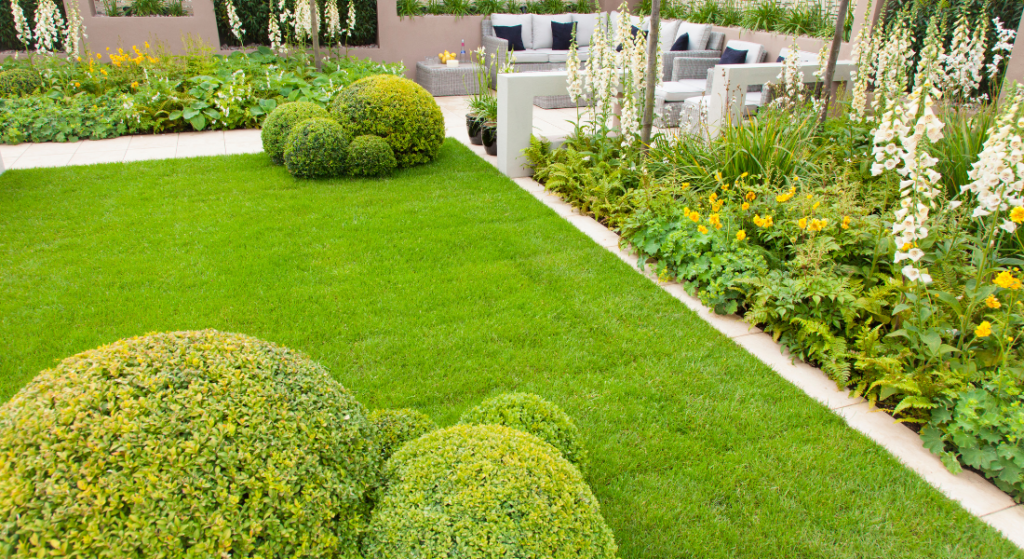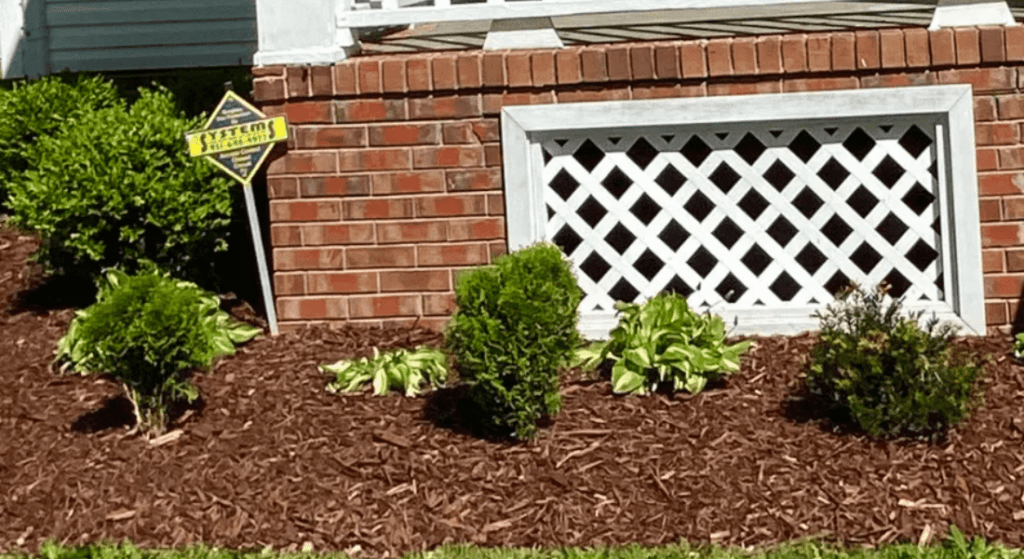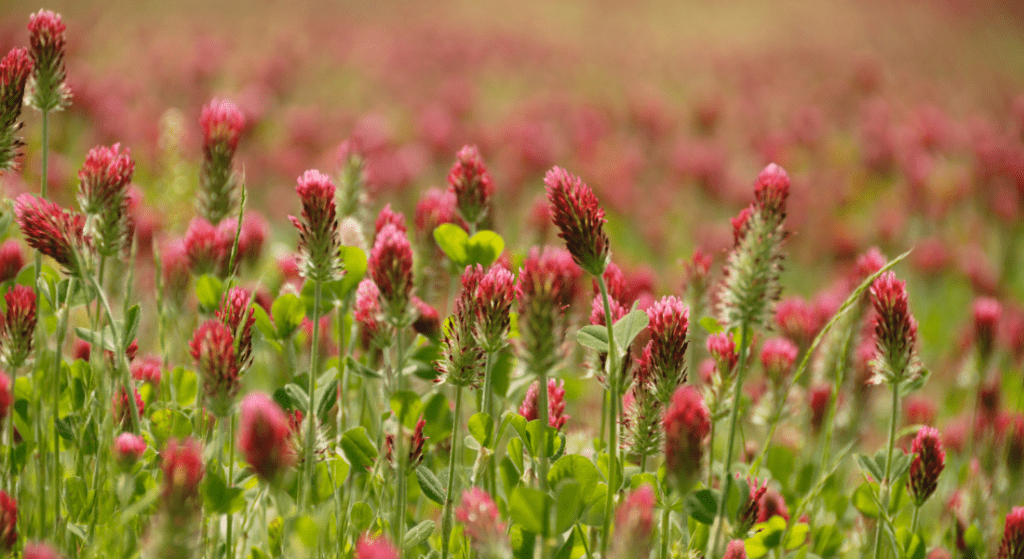How To Plant A Tree
Planting a tree or shrub in your yard is a wonderful way to enhance your landscape, improve air quality, and contribute to the environment. However, many people unknowingly plant trees too deep, fail to prepare the root ball properly or neglect essential steps like mulching and staking, leading to poor root development, instability, and even tree death. This article will show you step-by-step instructions on how to plant a tree the right way, ensuring your efforts result in healthy, thriving trees for your yard.
Why Plant a Tree? The Benefits of Trees and Shrubs
Planting trees and shrubs adds significant value to your property. Trees improve air quality, provide shade, and support wildlife. They also enhance the aesthetic appeal of your landscape and can increase property value. Trees and shrubs add beauty and structure to your garden, creating a more inviting and enjoyable outdoor space.
When is the Best Time to Plant a Tree?
The ideal time to plant a tree or shrub depends on your climate and the type of tree you choose. Generally, the best times are early spring or fall when the temperatures are cooler, and the tree has time to establish roots before the stress of summer heat or winter cold. Planting during these periods helps ensure healthy root growth and successful establishment. For more detailed insight, check out this blog: “ Seasonal Tree Planting Tips: When and How to Plant for Success .”
Choosing the Right Tree or Shrub for Your Yard
Selecting the right tree or shrub for your yard is crucial for long-term success. Consider the type of tree that will thrive in your local climate and soil conditions. Look for trees that are well-suited to the specific conditions of your yard, such as sun exposure, soil type, and moisture levels. Choosing the right tree ensures that it will grow strong and healthy for many years.
How to Dig the Hole for Planting
To plant a tree properly, start by digging a hole no deeper than the root ball and at least two to three times the diameter of the root ball. This provides ample space for the roots to spread out and grow. Digging the hole to the correct depth helps prevent planting too deep, which can lead to poor root development and tree health issues.
Preparing the Root Ball and Root System
Before planting, carefully remove any burlap, wire, or container from the root ball. If the tree is wrapped in burlap, remove as much of it as possible to prevent it from restricting root growth. Gently loosen the roots around the outer edge of the root ball to encourage them to grow outward into the surrounding soil. This step is essential for the proper establishment of the tree or shrub.
Planting the Tree or Shrub Properly
Place the tree in the hole, ensuring that the top of the root ball is level with or slightly above the surrounding soil. Position the tree so that the trunk flare (where the roots meet the trunk) is visible and not buried. Planting the tree at the correct depth is crucial to prevent root rot and promote healthy growth. Fill the hole with the native soil you dug out, gently tamping it down to eliminate air pockets around the roots.
Backfill Techniques: Ensuring Proper Soil Contact
Backfill the hole with the existing soil, making sure to eliminate air pockets by gently tamping the soil as you go. Do not amend the soil excessively, as this can lead to poor root establishment. The goal is to create a firm yet well-draining environment for the roots to grow. Ensuring proper soil contact around the roots helps support the tree and promotes healthy growth.

The Importance of Mulch in Tree Care
Mulching has a lot of benefits for your tree . Applying a layer of mulch around the base of the tree helps retain soil moisture, regulate soil temperature, and reduce weed competition. Spread the mulch in a ring around the tree, keeping it away from the trunk to prevent rot. Mulch is an essential part of tree care, providing a protective barrier that supports the health of the newly planted tree.
Should You Stake Your Newly Planted Tree?
Staking is necessary for trees planted in windy areas or those with weak trunks. Use two or three stakes and soft ties to support the tree without damaging the trunk. Stakes should be removed after one to two years, once the tree is stable and has established a strong root system. Proper staking ensures the tree remains upright while it becomes established.
How to Water and Fertilize Your New Trees and Shrubs
Watering is critical for the survival of newly planted trees. Keep the soil moist but not soggy, watering deeply to encourage deep root growth. During the first growing season, water regularly to help the tree establish. Fertilizing is generally not necessary at planting time, but you can apply a balanced fertilizer in the following seasons to support growth. Proper irrigation and fertilization are key to the health of your trees and shrubs.
Pruning and Maintenance for Healthy Growth
Pruning helps shape the tree and remove any damaged or diseased branches. Prune during the dormant season to encourage healthy growth and prevent stress. Regular maintenance, including checking for pests and diseases, is vital for the long-term health of your trees and shrubs. Proper tree care ensures your trees remain strong and beautiful.
Common Mistakes to Avoid When Planting Trees
void common mistakes such as planting too deep, not removing burlap or wire, and over-amending the soil. These errors can lead to poor root development, disease, and even tree death. Understanding the correct planting techniques helps ensure the success of your new trees and shrubs. For more information on maintaining a healthy lawn and combating weeds, visit this link.
Summary of Important Points
- Plant a tree during early spring or fall for the best results.
- Choose the right tree or shrub for your specific yard conditions.
- Dig the hole to the correct depth and width.
- Prepare the root ball by removing burlap and loosening the roots.
- Plant the tree properly by positioning the trunk flare at the soil level.
- Backfill with native soil and eliminate air pockets.
- Use mulch to retain moisture and regulate temperature.
- Stake the tree if necessary, but remove stakes after 1-2 years.
- Water regularly to keep soil moist and fertilize in later seasons if needed.
- Prune during the dormant season and maintain the tree’s health.
- Avoid planting mistakes for long-term tree health and success.
Conclusion
Planting trees properly is essential for a healthy and beautiful yard. By following the steps in this guide, you can avoid common mistakes and help your trees and shrubs grow well.
If you want professional help to improve your outdoor space, consider Green Life Services in Clarksville, TN. We offer expert tree planting and installation , mulch and rock enhancements, and sod installation for a green lawn. Trust us to make your yard a beautiful and green oasis. The role of fertilization in lawn health is vital for a thriving lawn.
Discover the best practices for laying sod with our comprehensive SOD Installation Guide.
FAQ
Is a Tree a Plant?
Yes, a tree is a type of plant. Trees are large, perennial plants with a single woody stem or trunk that supports branches and leaves. They play a crucial role in ecosystems, providing oxygen, improving air quality, conserving water, preserving soil, and supporting wildlife.
How Many Trees Are Planted Each Year?
The number of trees planted each year varies widely depending on global and local reforestation efforts, government initiatives, and private sector participation. On a global scale, billions of trees are planted annually through various programs. For instance, the Billion Tree Campaign launched by the United Nations Environment Programme (UNEP) aimed to plant billions of trees worldwide, contributing significantly to global tree-planting numbers.
How Much Does It Cost to Plant a Tree?
The cost to plant a tree can vary depending on several factors, including the type of tree, location, and scale of the planting project. On average, planting a single tree can cost anywhere from $1 to $20. This includes the cost of the sapling, soil preparation, planting, and initial care. Larger projects or more mature trees can significantly increase the cost, ranging from $100 to several hundred dollars per tree.
How Can Acid Rain Affect Plants and Trees?
Acid rain can have detrimental effects on plants and trees. It lowers the pH of the soil, which can lead to the leaching of essential nutrients such as calcium and magnesium. Acid rain also damages the leaves of trees and plants, reducing their ability to photosynthesize and grow. Over time, these effects can weaken trees, making them more susceptible to disease, extreme weather, and other environmental stressors. Additionally, acid rain can harm aquatic ecosystems, affecting plants and animals in water bodies.
